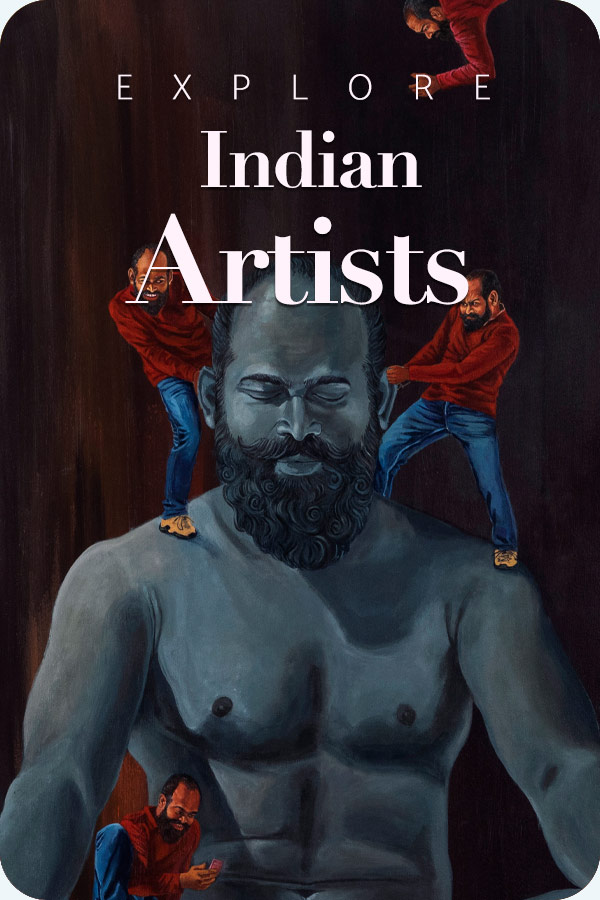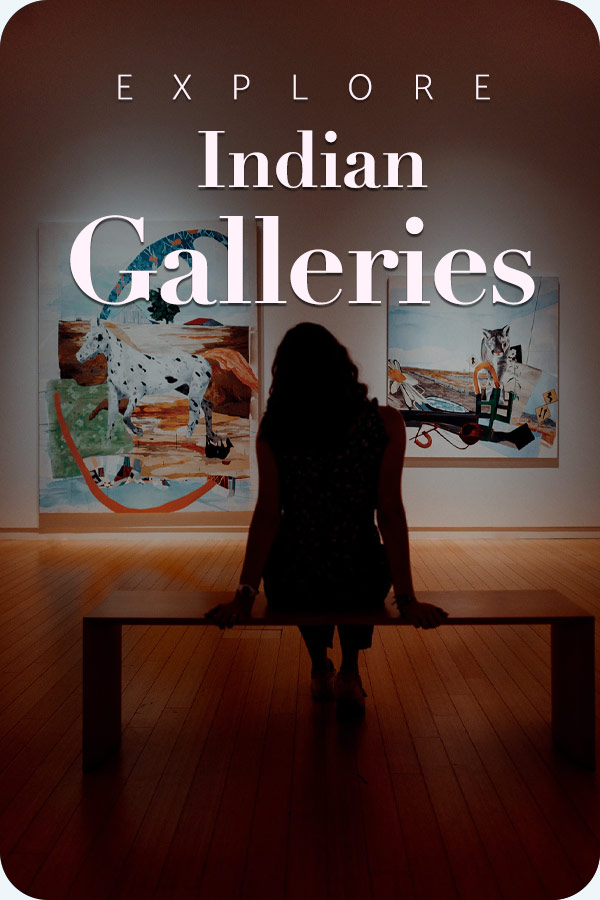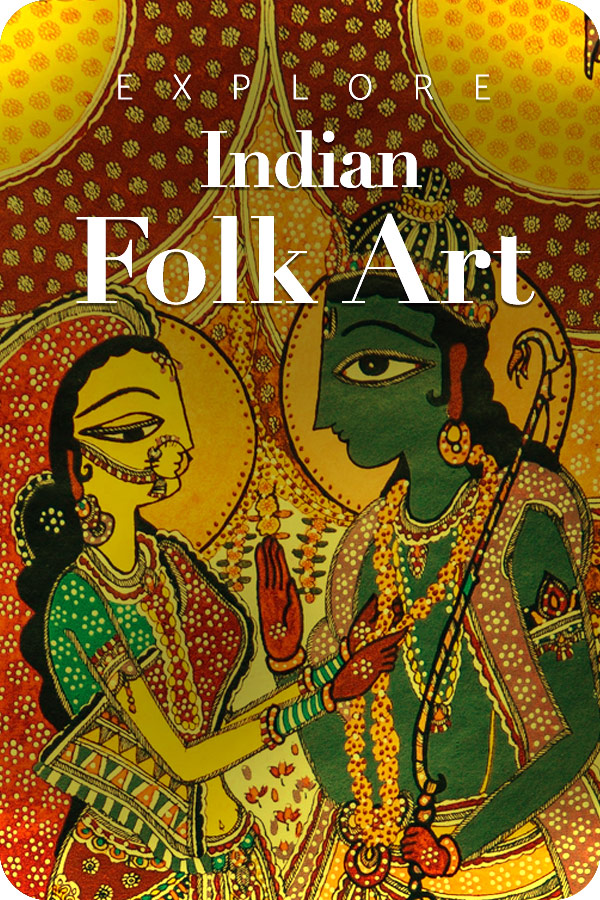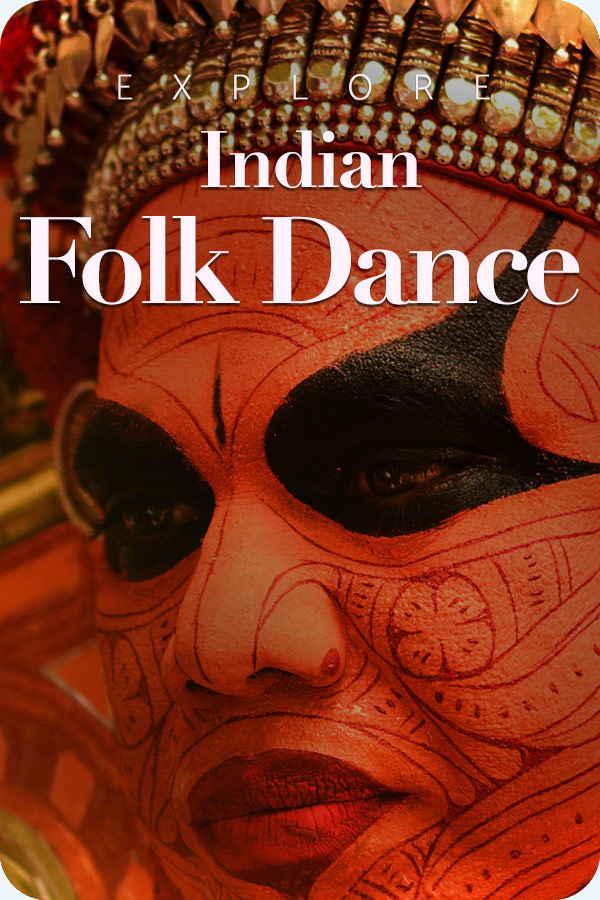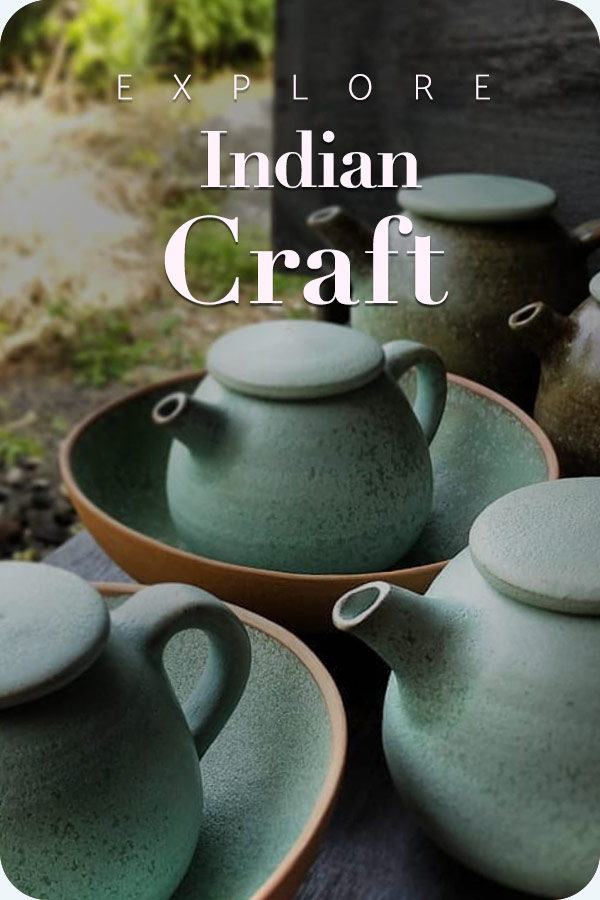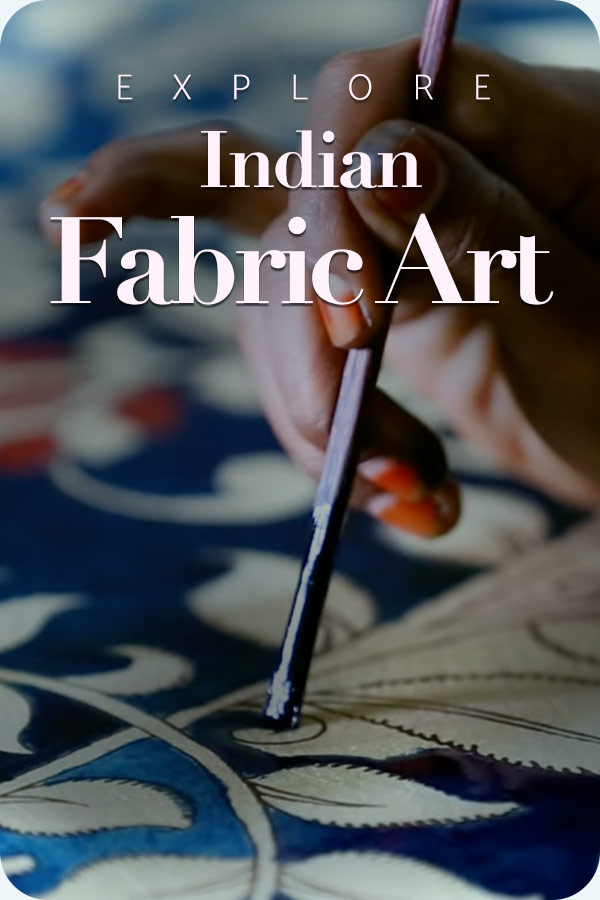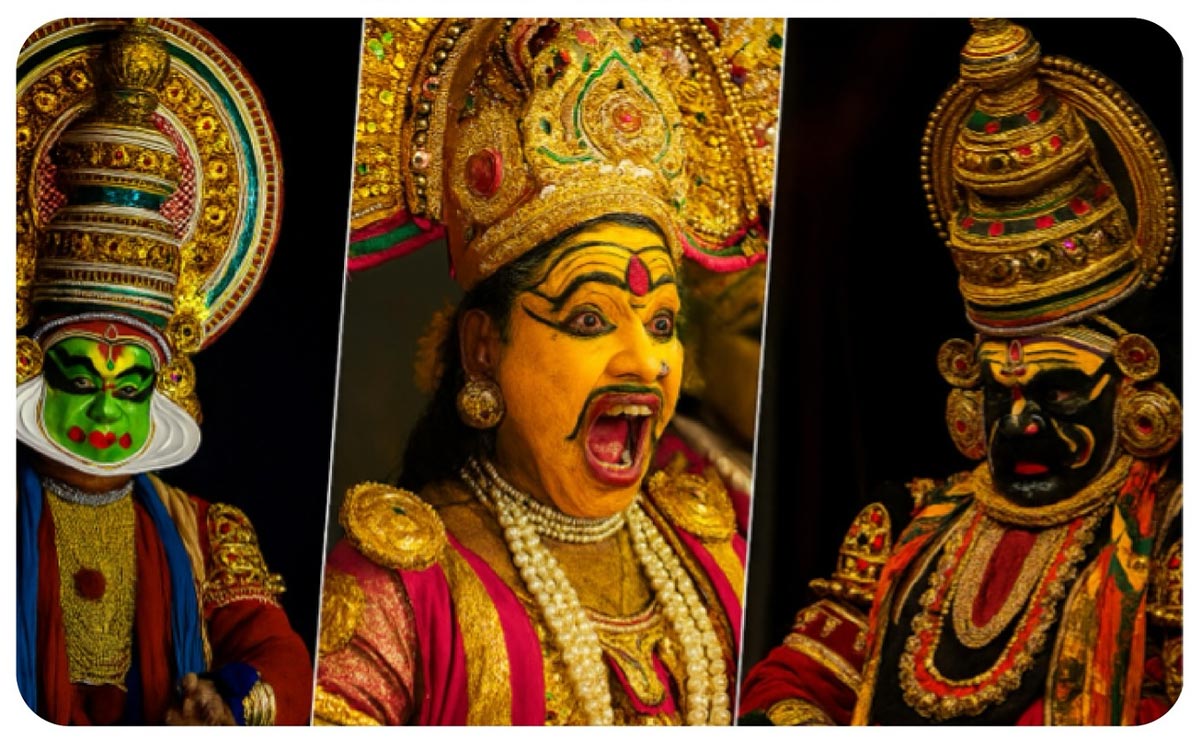
A Confluence of Epics and Aesthetics
The National Gallery of Modern Art (NGMA), Bengaluru, in collaboration with the South Zone Cultural Centre (SZCC), is orchestrating a spectacular cultural initiative titled “The Great Indian Epic MAHĀBHARATA – A THREE-DAY MAKEOVER WORKSHOP & PERFORMANCE SERIES.” This is scheduled to run from October 30th to November 1st, 2025, at the NGMA Auditorium. This event promises to be a potent convergence of visual and performing arts. The whole event is designed from the perspective of experiencing a whole journey, offering a rare opportunity for the public to get engaged with the vibrant storytelling traditions of South India. This cultural initiative serves a dual purpose; firstly, it demonstrates the artistic majesty of classical forms, and secondly, it also educates the audience via hands-on workshops that elucidate the rigorous processes involved in the evolution of mere artists into the characters of the epic Mahabharata.
This institutionalized attempt is a way to unite the Pan-Indian epic to three distinct South Indian theatre-dance traditions presented across three days. This is also a very catalytic way to promote the local craft of South India. The event is both pedagogic as well as highly performative, and will contribute to offering a fresh frame of reference to the public, encompassing the highlights of the epic.
The Pan-Indian Narrative of the Mahabharata
To Indians, the Mahabharata is not simply an ancient text; it is the philosophical bedrock of Indian culture. The Mahabharata has long functioned as a sourcebook for regional theatre traditions across South Asia. The themes embedded in the Mahabharata, both didactic and narrative, refer to timeless themes like dharma, conflict, morality, and human frailty. This epic has influenced innumerable art forms across the subcontinent for millennia. The Mahabharata’s inexhaustible inspiration is visible in almost every sphere of Indian culture, ranging from sculptural traditions on temple walls to the colourful lithographs popularised by Raja Ravi Varma. People of the subcontinent, through the ages, have attempted to keep the epic’s tradition alive through constant engagement and reinterpretation of its context, and fortunately, that tradition is still passed down as the government organizations are keen on partnering with artists in keeping it alive.
Characters and Art Form
Specific episodes of the Mahabharata have been handpicked, which encompass the rich characters like Karna, the tragic hero, and tales like Rukmangada Charitam and Nalacharitham. The performances will involve highly stylized facial make-up and elaborate costumes of Kathakali (Kerala) that beautifully reflect the regional charm of the dance-drama traditions like Yakshagana (Karnataka) or Therukoothu (Tamil Nadu). These visual displays enhance the emotive intensity of the artists, which channels the epic into a lively event. Also, the abhinaya (expressive acting) and the mask-like makeup stand as the central communicative devices in pre-modern Indian theatre traditions.
The Spectrum of the Event
View this post on Instagram
The three-day series meticulously brings together classical arts from the Southern states and attaches them to the timeless epic. The event is supposed to kick off on the 30th, with a dedicated focus on the narrative of Karna, presented through the traditional Malayalam and Kannada traditions. The Next day, the theatrical orchestration shall feature the Rukmangada Charitam in Kannada, a tale which is very deeply embedded in the Kannada tradition, likely to be performed in styles such as Yakshagana.
The finale on 1st November is dedicated to Nalacharitham, the classic love story of Nala and Damyanti. This is universally celebrated as a noted work within the Kathakali repertoire. This performance showcases the sophisticated abhinaya (expression) and intricate mudras (hand gestures) that define the art form of Kerala. Furthermore, the schedule highlights an extensive Therukoothu workshop, an ancient street theatre tradition known for its strong vocals, vivid make-up, and socio-religious commentary.
| Event | Details |
|---|---|
| Title | The Great Indian Epic MAHĀBHARATA – A Three-Day Makeover Workshop & Performance Series |
| Organisers | National Gallery of Modern Art (NGMA), Bengaluru, in collaboration with South Zone Cultural Centre (SZCC) |
| Dates | October 30th to November 1st, 2025 |
| Venue | Auditorium, National Gallery of Modern Art, Bengaluru |
| Art Forms Showcased | Kathakali (Kerala), Therukoothu (Tamil Nadu), and Kannada traditional performance styles (Yakshagana elements) |
| Format | Daily Makeover/Art Form Workshop (Afternoon) followed by a Performance Series (Evening) |
Key highlights
- Three consecutive days dedicated to three South Indian performance traditions that draw on the Mahabharata.
- Each day pairs a practical workshop (afternoon) with a curated performance (evening) to combine learning and appreciation.
- Institutional collaboration between NGMA and South Zone Cultural Centre brings regional practitioners into a national museum space.
- The poster’s visual strategy places performers’ faces front and center, emphasizing expressive technique and theatrical costume as the primary audience draw.
Takeaway: A Necessary Investment in Living Heritage
The collaboration between the NGMA and the SZCC on a program dedicated to living performance arts, rather than static art pieces, represents a significant and commendable shift in the approach of modern art institutions. In an era dominated by OTTs, events like this are more than acts of cultural preservation. The true masterpiece of Indian art often lies not behind a glass case in the fortified museums, but it’s equally present in the vibrant traditions passed down through generations of performers. By hosting makeover workshops and performances side-by-side, the organisers maneuver the gap between audience and artist. This series is an inspiring move that secures a future for classical arts by transforming a historical epic into a contemporary living heritage.


